Medicine Meets Photography – Nepal 2011
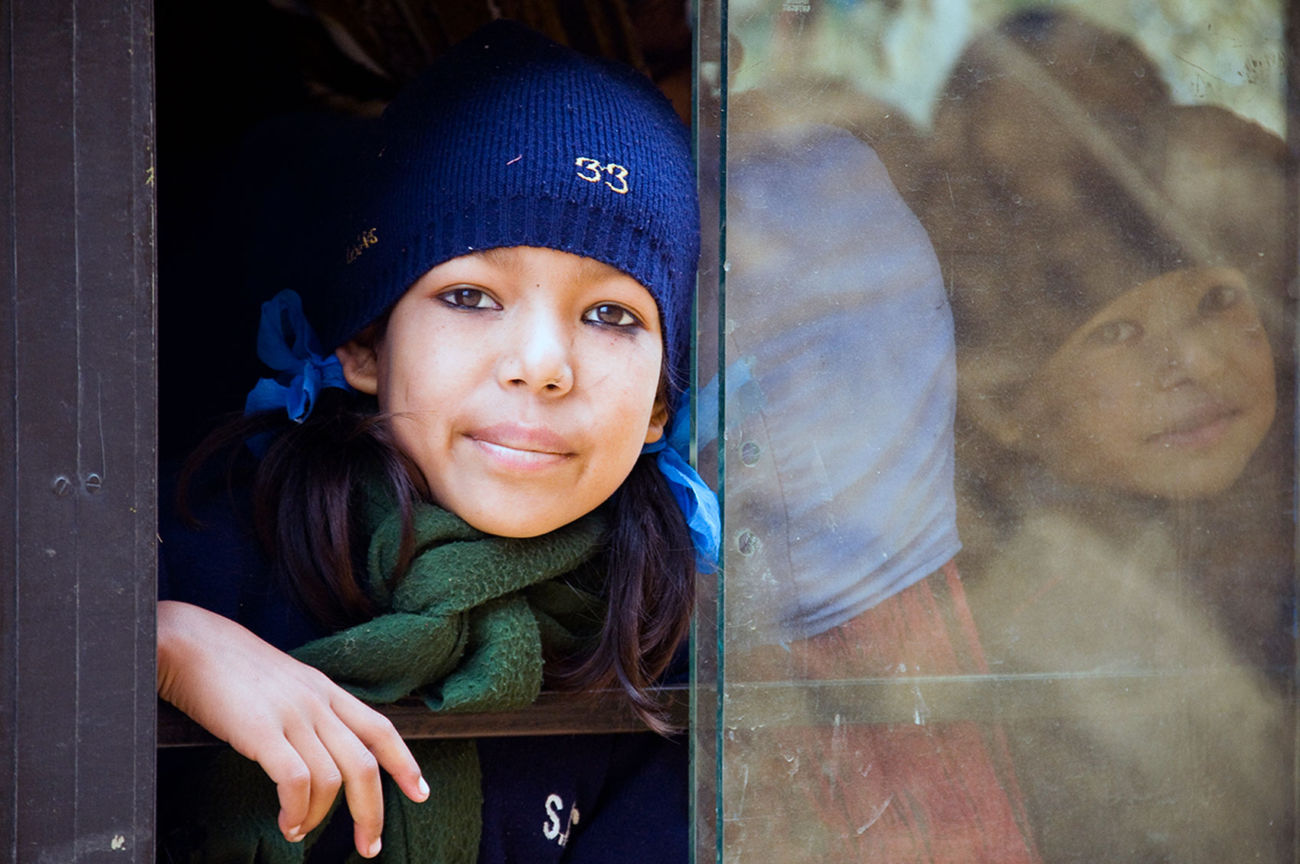
The road became more and more bumpy as we approached our final destination. The driver came to a stop at the bottom of a steep hill. A group of local school children waved to us from an overcrowded yellow bus parked nearby. The group made its way slowly up the hill, wiping dust particles from our eyes. As usual, I stayed slightly behind, making photographs of the joyful children and deliberately taking everything in. I’ve felt overwhelmed since my arrival here few days ago, but there was no time to process anything as of yet. First Kathmandu, then my first trek ever across the Nepalese Himalayas, I knew the trip would be intense like no other before.
To give a little context, I have never thought I’d be combining my love of photography with medicine. Lacking that “outsider’s perspective”, I’ve always viewed medicine (and thus my job as an Emergency Physician) as a medium somewhat devoid of color and creativity. Medicine became, after so many years of training and dedication, a duty rather than an artistic endeavor. Now, many do people believe that practicing medicine is a form of art and in a way, I agree with them. But it wasn’t something I viewed in the same way I viewed photography. The two were always strictly divided and the line was almost never crossed. I say “almost” because there were a couple of exceptions. The first exception occurred on this very trip during my third year of residency, in November of 2011.
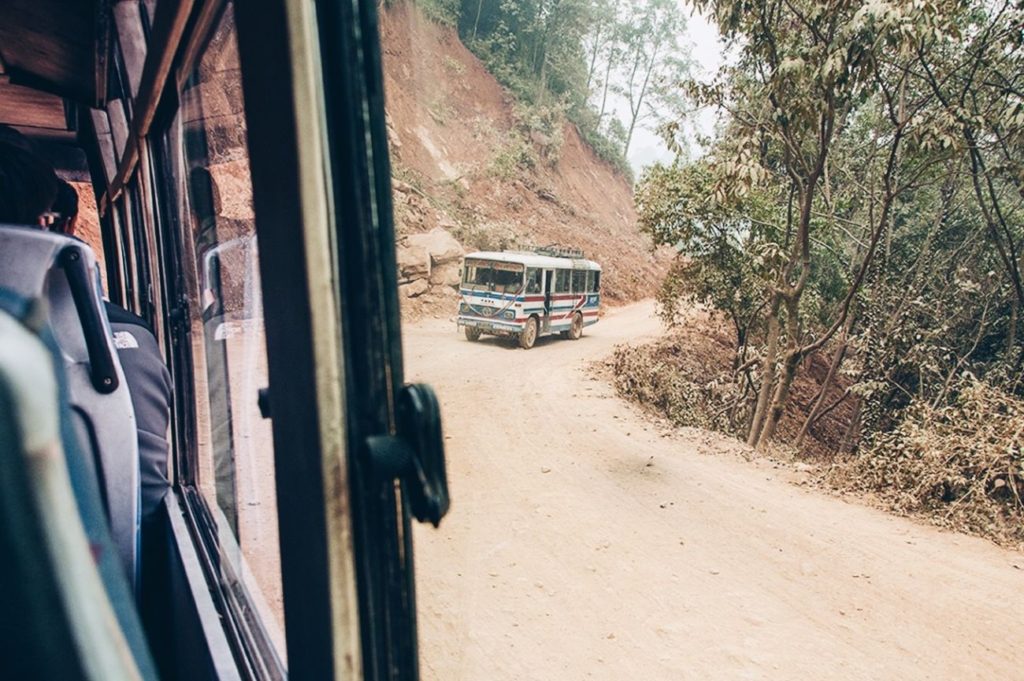
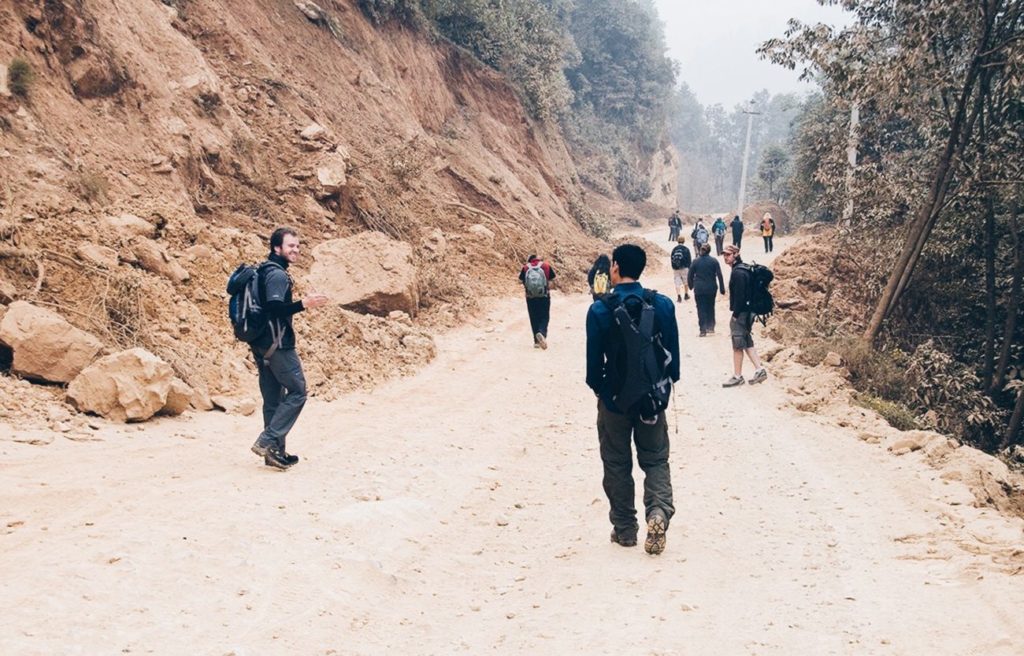
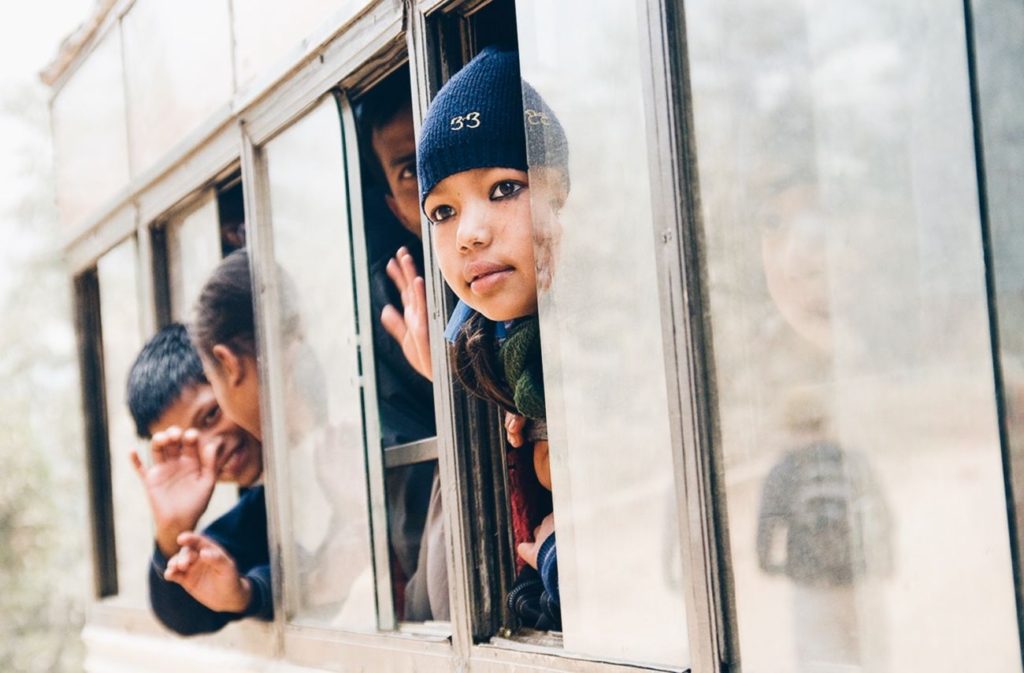
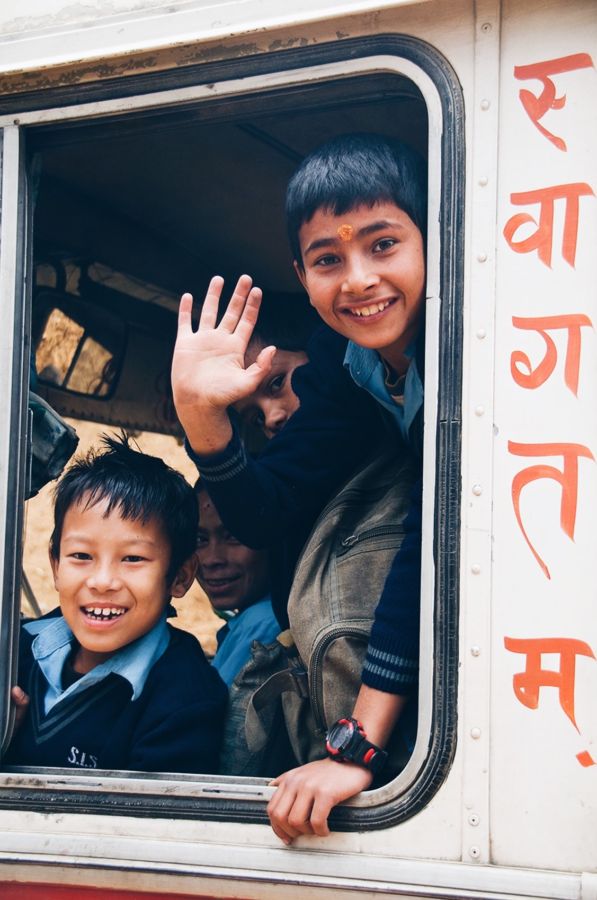
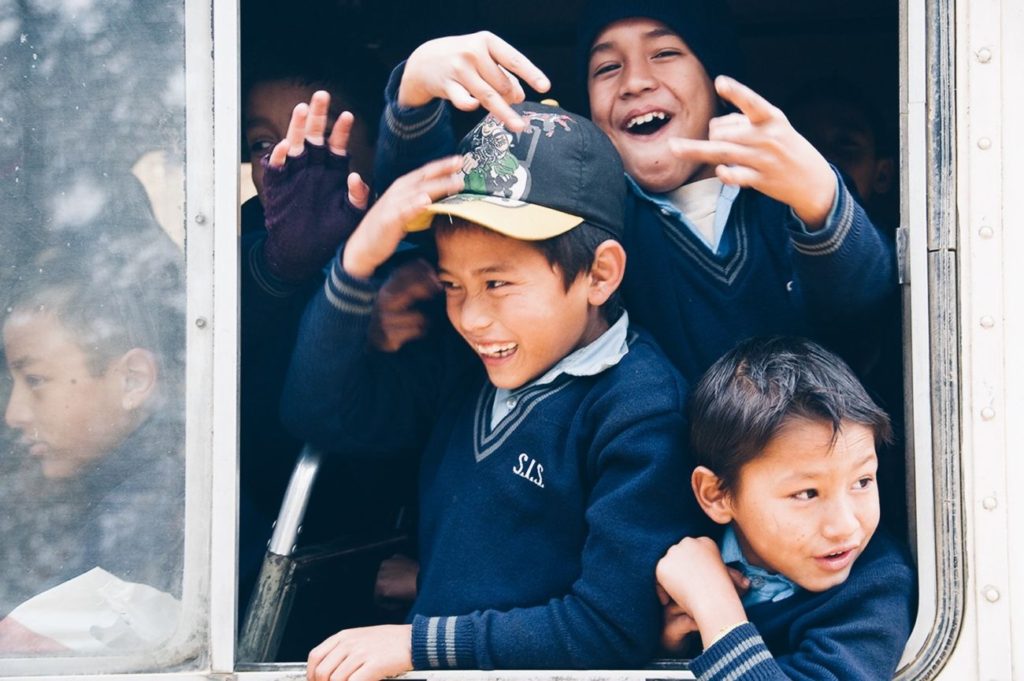
As third year residents, we had a chance to take an elective pertaining to the practice of medicine anywhere abroad. When the opportunity to traverse the Manaslu trek in the Gorkha region of Nepal presented itself, I immediately jumped on it. As part of the elective, a small group of medical students and residents would get to assess the work of an NGO providing medical assistance to the most remote regions of the Himalayas. We would also visit a few government run and private hospitals in more urban areas of Nepal prior to the trek. One of them became of special interest to me.
The hospital was called Anandaban Leprosy Hospital. It was founded mainly to diagnose and treat the relatively small yet often neglected population of Nepal infected with Mycobacterium leprae. Due to the disfiguring nature of the disease, individuals affected by leprosy tend to become marginalized by their society. They suffer extreme socioeconomic consequences that extend beyond the course of their illness. We, in the developed world, may only hear of leprosy from historical or religious texts, but to many people in places like Nepal, the disease remains a tangible threat. Therefore, having the chance to visit such unique hospital, I was not only intrigued to witness the mysterious illness from my medical textbooks, my heart also leaped at the possibility of photographing it too. After securing permission from my leaders and the patients themselves, I was able to take photographs I deeply cherish to this day. For the first time ever, the marriage of photography and medicine became part of my creative world.
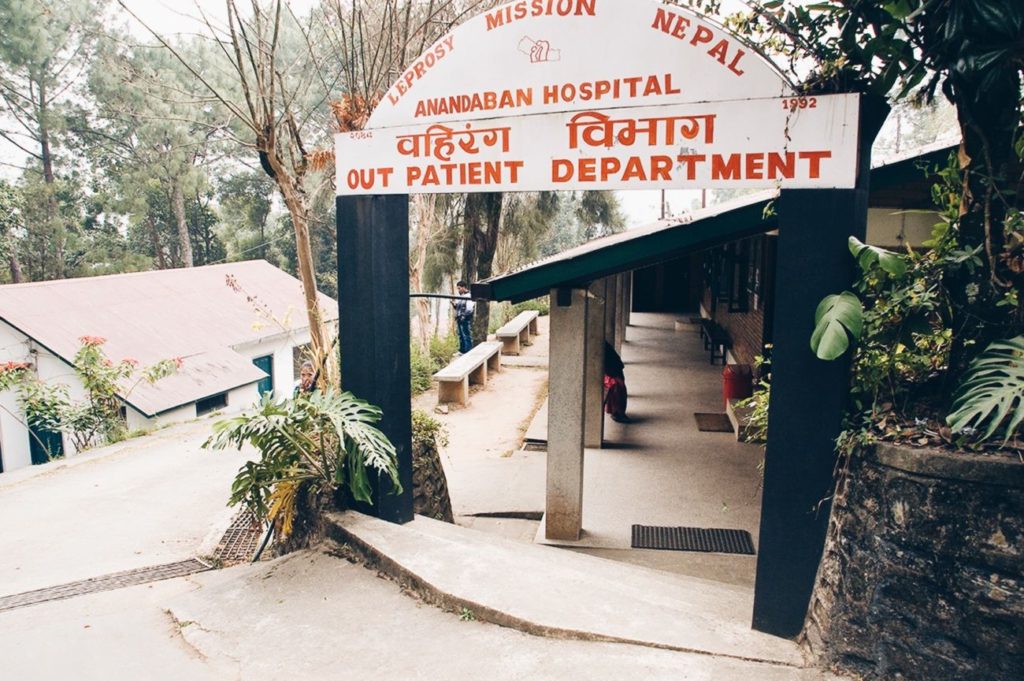
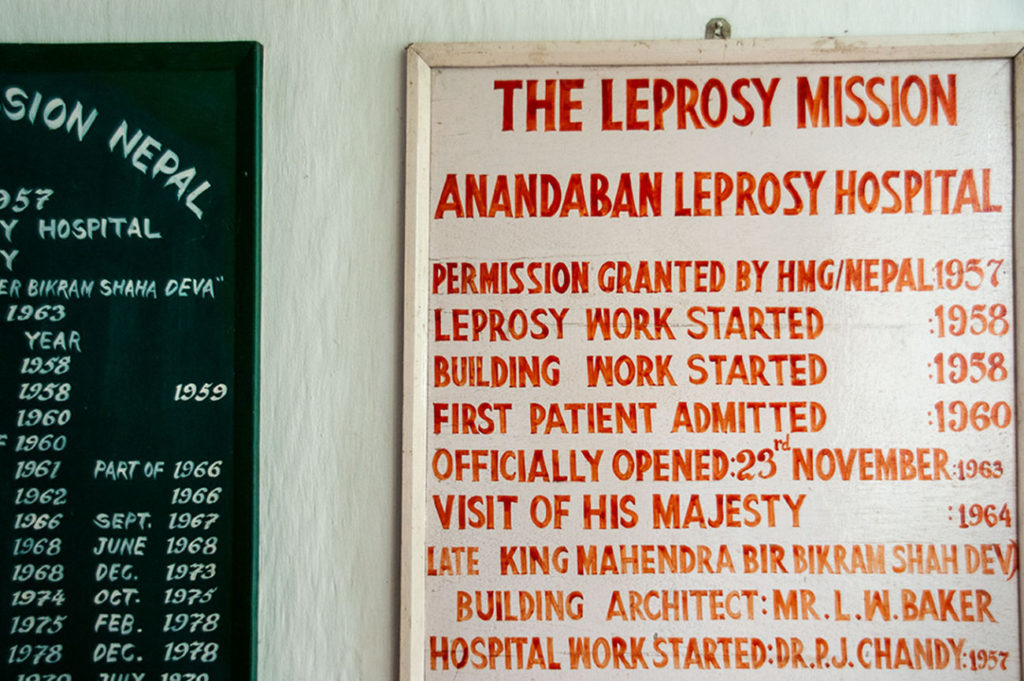
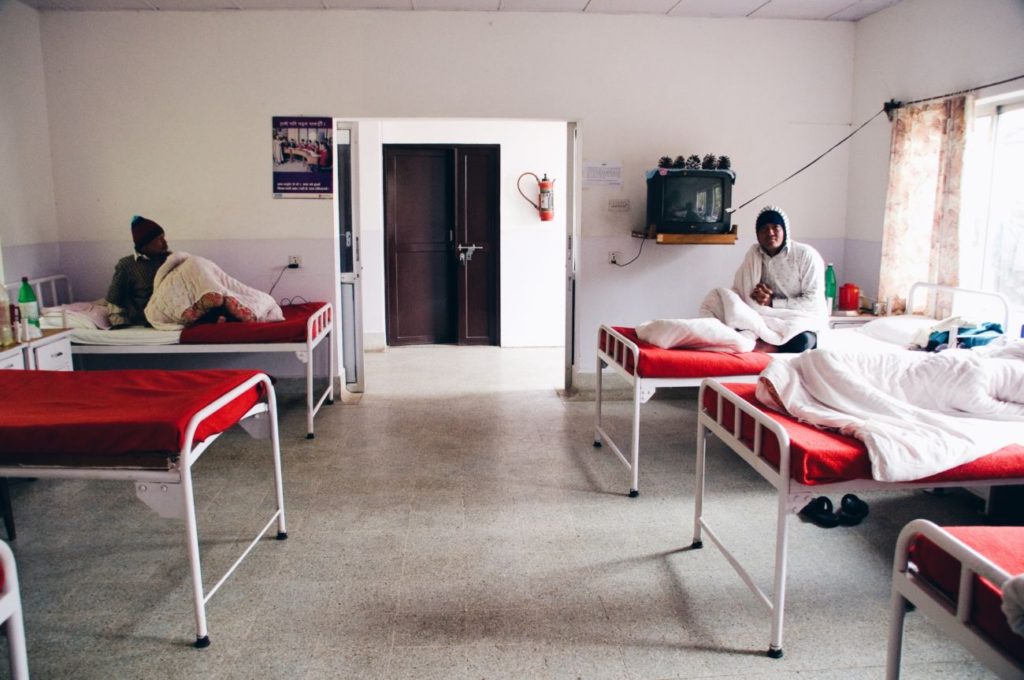
Previously, many of the hospitals I’ve visited during my travels outside the US left an aching feeling in my chest. They were usually not the clean, brightly lit and well equipped facilities I was so used to back at home. It’s a sad reality, but access to and quality of healthcare in most developing nations is not a governmental priority and often takes a back seat to everything else. This leads to a very underfunded, overcrowded and overwhelmed medical system that struggles to deliver any kind of quality of care to its citizens. Imagine being treated in a dim, bare and overcrowded Emergency Ward where there are multiple beds placed next to each other, barely separated by a thin curtain and certainly devoid of any privacy. Perhaps the nurse that comes to start your IV doesn’t have proper gloves. Perhaps the IV fluids or the medicine you need cost more than your family can afford. Maybe the basic treatment you’ll receive will be enough, but for so many, it is not. This is the sad reality for many people across the world, constantly challenged by the lack of access or quality of medical care available to them. It is a complex issue far from being solved today.
Thankfully, Anandaban Leprosy Hospital accepts support from abroad and provides respectable care to all of its patients. Not only do the ill get full medical treatment at the facility, but many continue to receive economic and social assistance after their recovery which is essential for their integration back into society. I was glad to see many smiling faces on the wards. The disease was palpably present, however, we got to meet a lot of patients who have fully recovered and are ready to go back home.
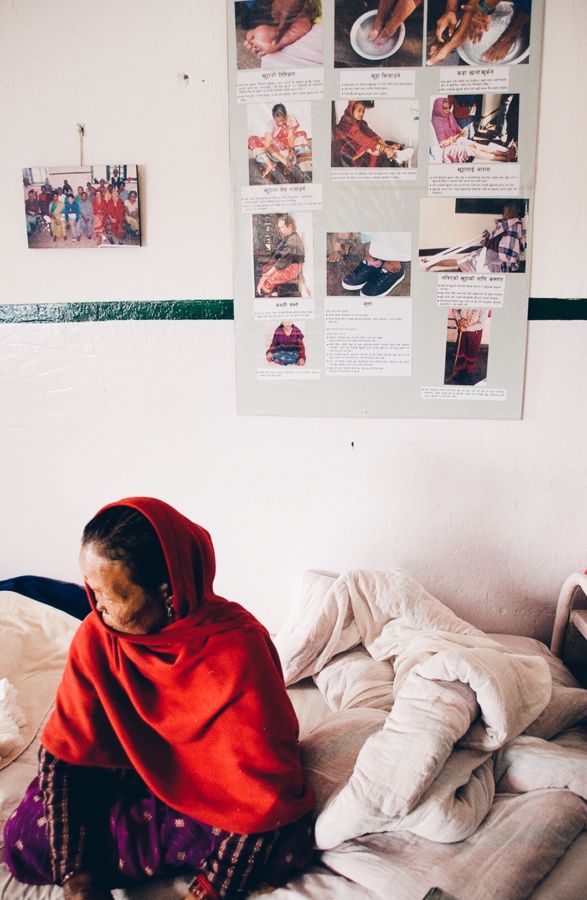
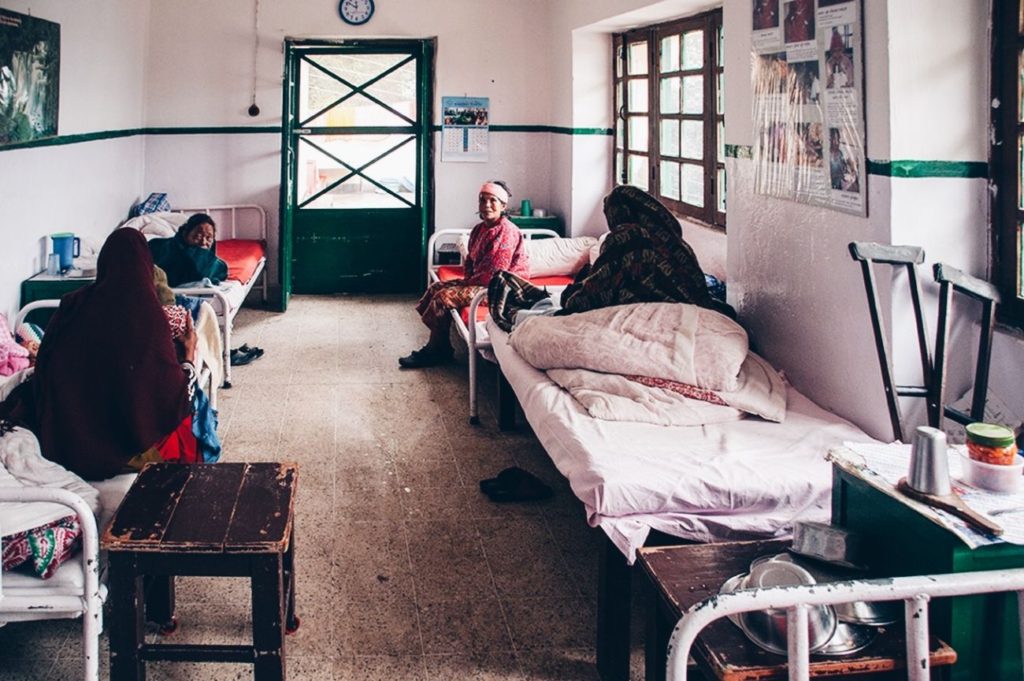
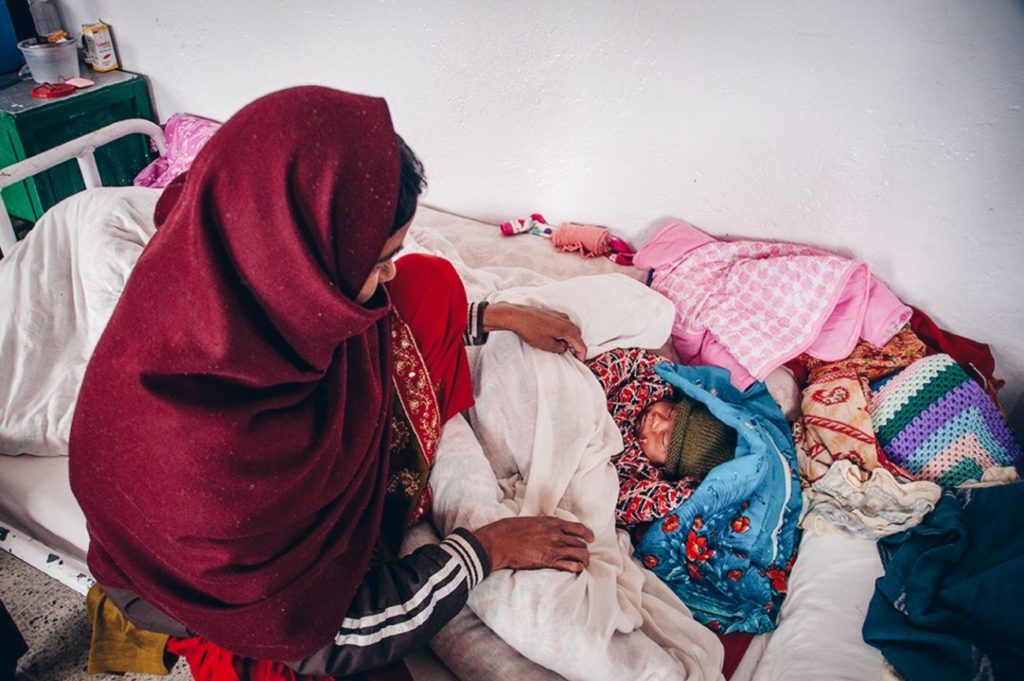
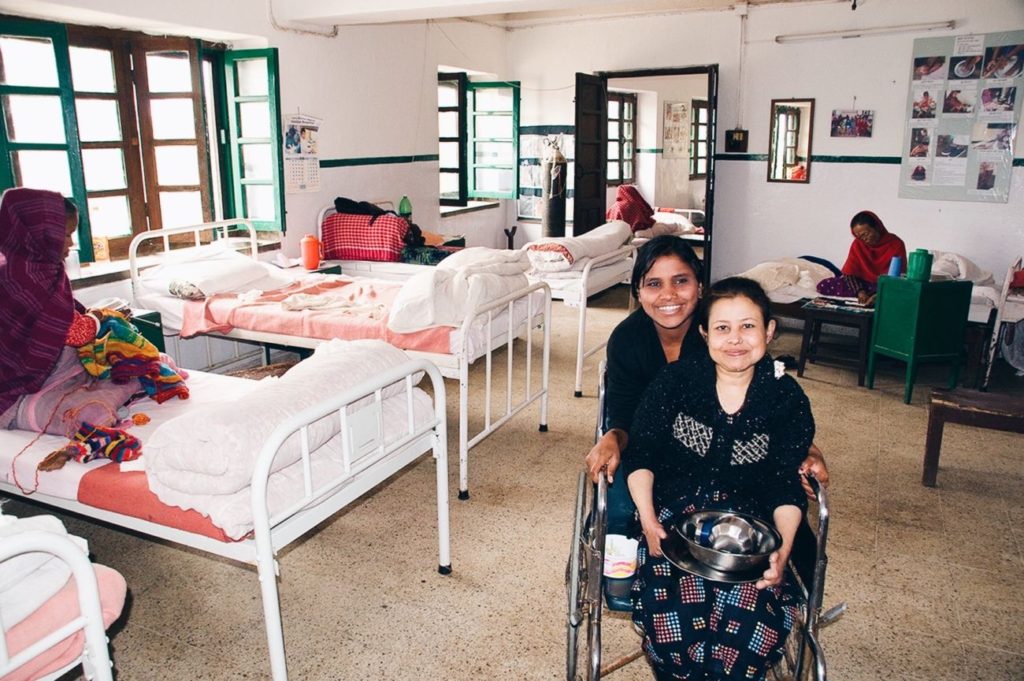
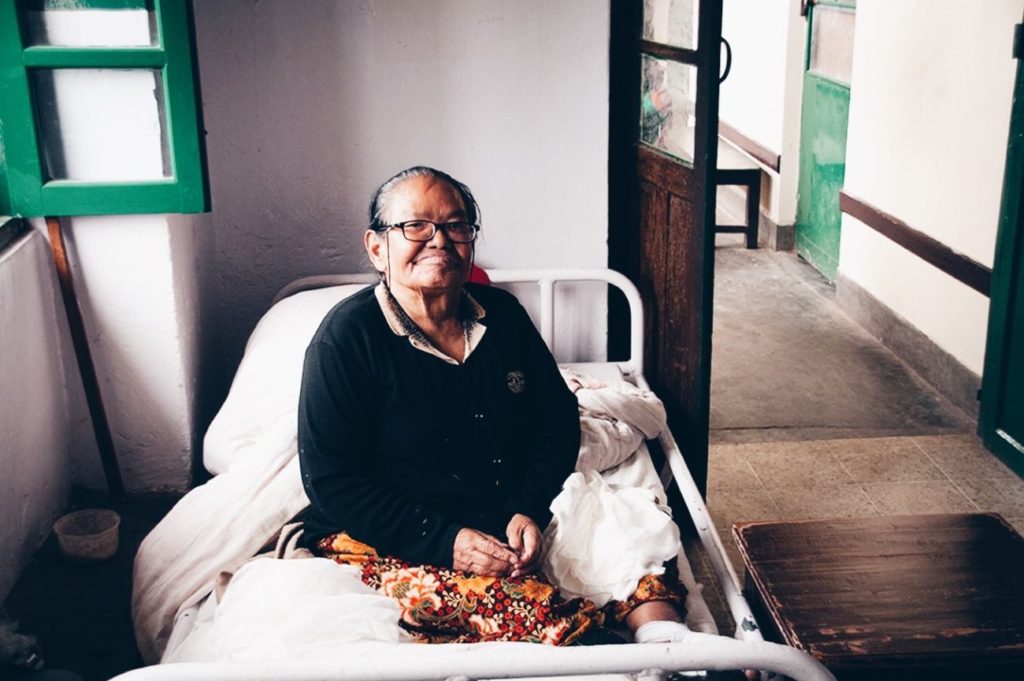
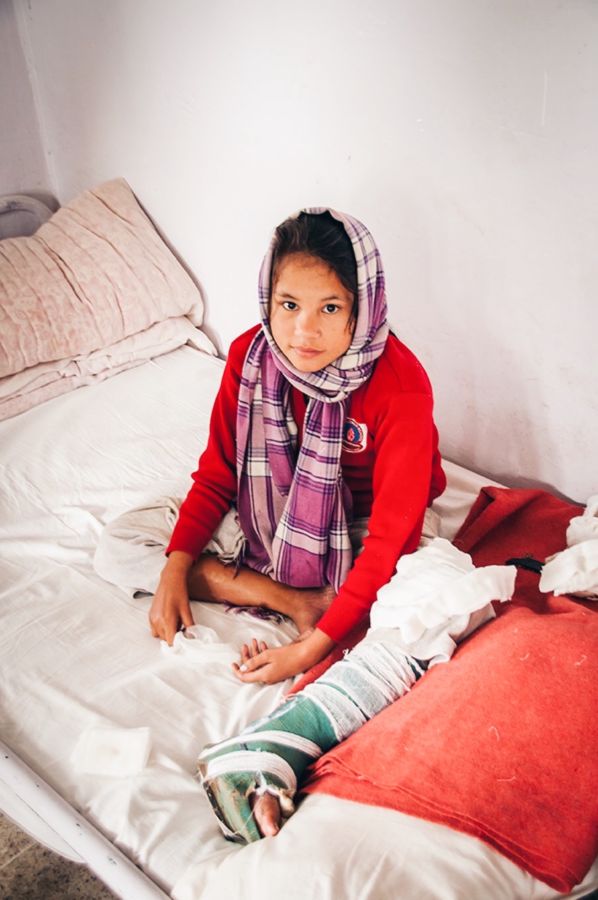
During my time in Nepal, I was at the very early stages of my photographic journey. I enjoyed taking pictures and I brought my camera everywhere with me. But my photographs quite frankly, were not that good. I am not ashamed of this. I believe that we have to start somewhere and that the only thing that matters is that we keep going. If I became discouraged early on, I would have never accomplished what I have today. It’s important to honor those early days in whatever venture we set ourselves on. They define who we are later in the future.
Therefore, I want to share these early images with you, from the leprosy hospital and beyond. Nepal holds a very special place in my heart and I hope to come back one day, perhaps to visit Anandaban and see the Himalayas once more. I am certain my photographs will be different then, maybe a little more refined, maybe deeper in context and meaning. Regardless, I know I’ll always look back on this trip with much nostalgia and warmth in my heart.
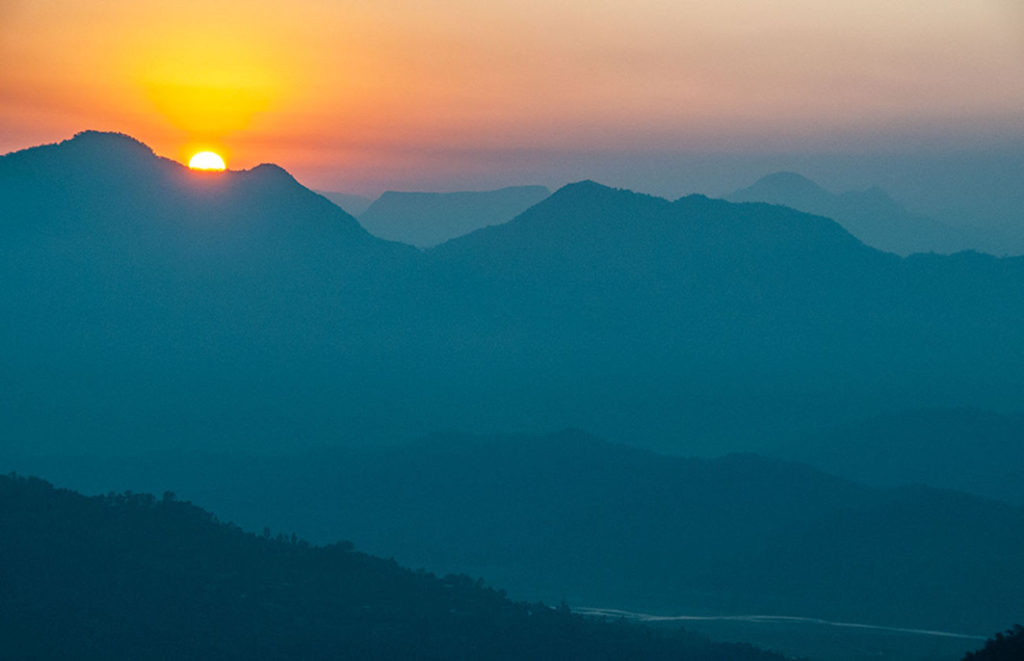
Related Posts
Dispatches from the Polish-Ukrainian Border
The dusk came quickly and it started to rain again. The chilly, damp air permeated…
April 13, 2022Photographer Spotlight: Mauro De Bettio
Have you ever felt as if you’ve gotten to know someone based on…
January 30, 2022


Leave A Comment